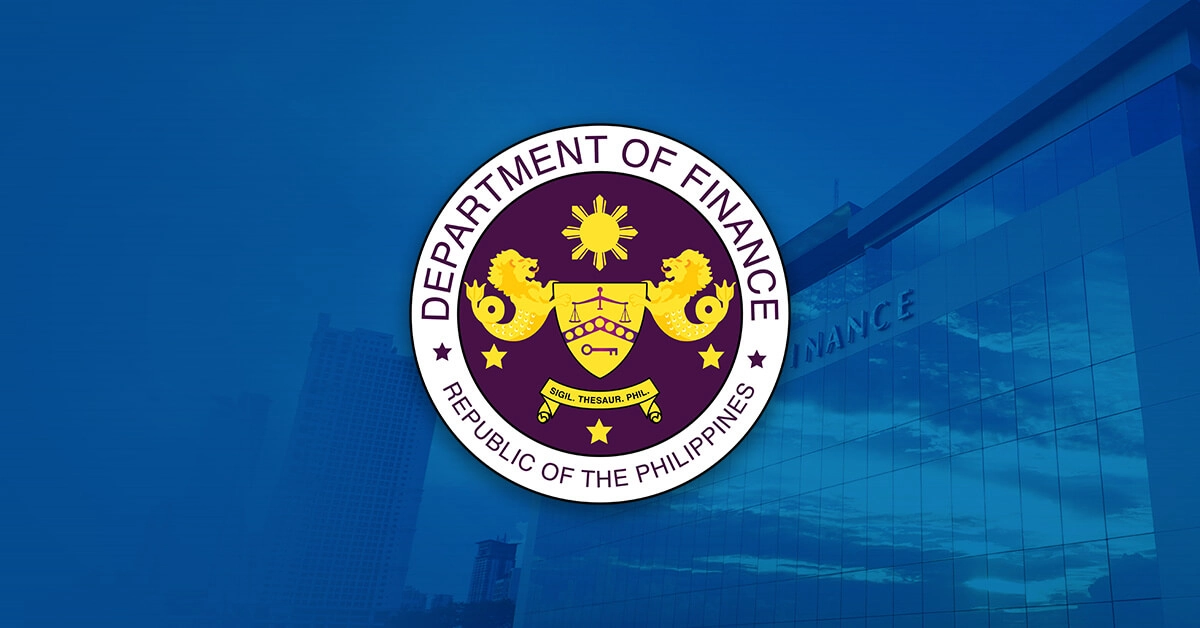Credit watcher S&P Global has reaffirmed the Philippines’ long-term foreign-currency rating at ‘BBB+’ and maintained its stable outlook in view of a healthy economic rebound spurred by strong domestic demand.
“The Philippine economy is on track to achieving the government’s target band of 6.5 to 7.5 percent for 2022. For 2023, we expect recovery to be driven by consistently strong domestic demand. This is only possible with the support of further economic reopening, a sound financial system, steady improvement in labor market conditions, and investment in productive sectors such as agriculture, mining and infrastructure,” said Finance Secretary Benjamin Diokno.
As the Philippines lifts mobility restrictions and resumes operations, S&P predicts that the domestic economy will maintain its growth trajectory and improve its fiscal performance, underscoring the country’s above-average economic growth potential in light of the recent 7.6 percent gross domestic product (GDP) growth in the third quarter (Q3) of 2022.
The Philippine economy is showing steady signs of recovery with its return to pre-pandemic levels in Q3 of 2022. This applies to all major production sectors of the economy, which suggests a broad-based recovery despite inflation flares and global uncertainty.
The government has ramped up efforts to maintain fiscal discipline through its revenue agencies, which have surpassed their programmed collections for 2022. As a result, the national government (NG) deficit-to-GDP ratio for the first three quarters of 2022 stood at 6.5 percent and remained below the full year program of 7.6 percent.
“We are working with the Bangko Sentral ng Pilipinas to manage high inflation by deploying a combination of policy levers, which include raising policy interest rates, smoothening exchange rate movements, implementing direct measures to address supply shocks, and targeting support programs to alleviate the immediate effects on vulnerable sectors,” said Secretary Diokno.
S&P expects the country’s fiscal profile to gradually improve through the Medium-Term Fiscal Framework (MTFF), which will reduce the fiscal deficit, promote fiscal sustainability, and enable robust economic growth.
Furthermore, the structural reforms pursued during the pandemic are expected to translate to more investments for the economy.
According to Secretary Diokno, while the external sector could pose some downside risks to the government’s fiscal and debt positions, there are areas where the Philippines can continue to get support.
“The country’s trade deficit is financeable as we continue to have the structural sources of foreign exchange. This can be partly offset by a strong rebound in travel receipts, expansion in overseas Filipino remittances, sustained resilience of business process outsourcing revenues, and the continued inflows of foreign direct investments. The gross international reserves level remains a more than adequate liquidity buffer. The country’s flexible exchange rate also provides another buffer,” he noted.
###




